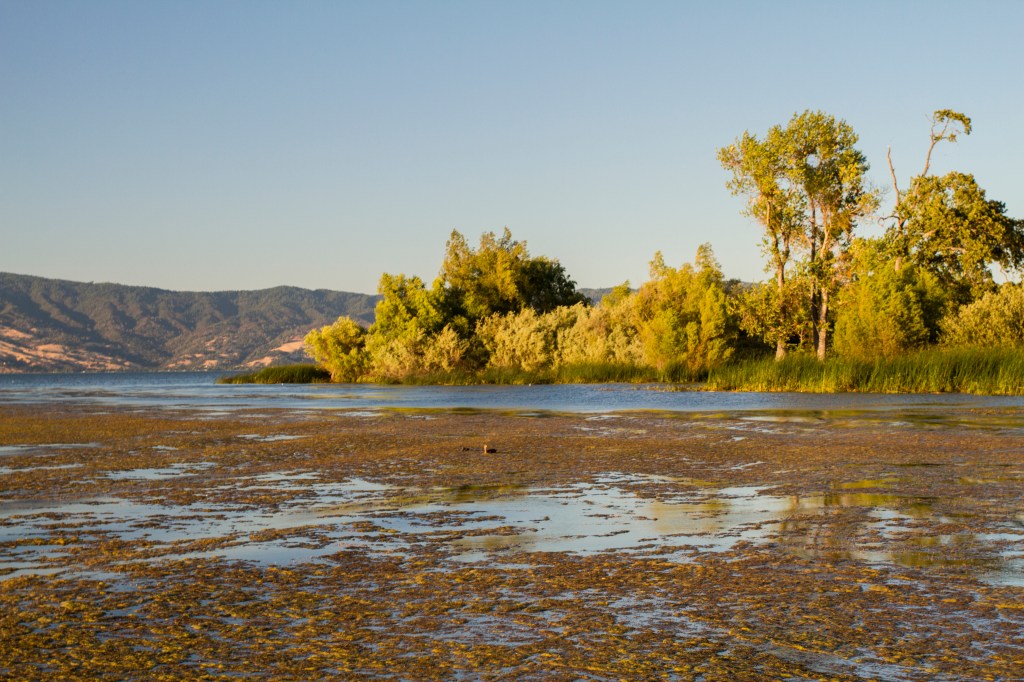
[43,785 acres]
Another year of above-average rainfall kept the Golden State’s largest natural body of water full throughout spring this year. The high lake levels, lasting through late April, forced water resource managers to implement a restriction requiring that boaters run at idle speeds within one-quarter mile of shore. Some anglers stayed home or fished other lakes as a result. The conditions, however, turned out to be a good thing, giving both bass and baitfish an opportunity to take advantage of the added habitat with reduced fishing pressure. Clear Lake remains, and should continue to be, the home to more trophy bass than any other lake in the West, with its rich waters providing opportunities for that fish of a lifetime. Big bass at each of the tournaments we surveyed in 2024 weighed in at over 7 pounds, with 8.83 the overall average. The granddaddy of the bunch, tipping the scales at 10.61 pounds, was a largemouth taken on Day 1 of the WON Bass Clear Lake Open held in April.
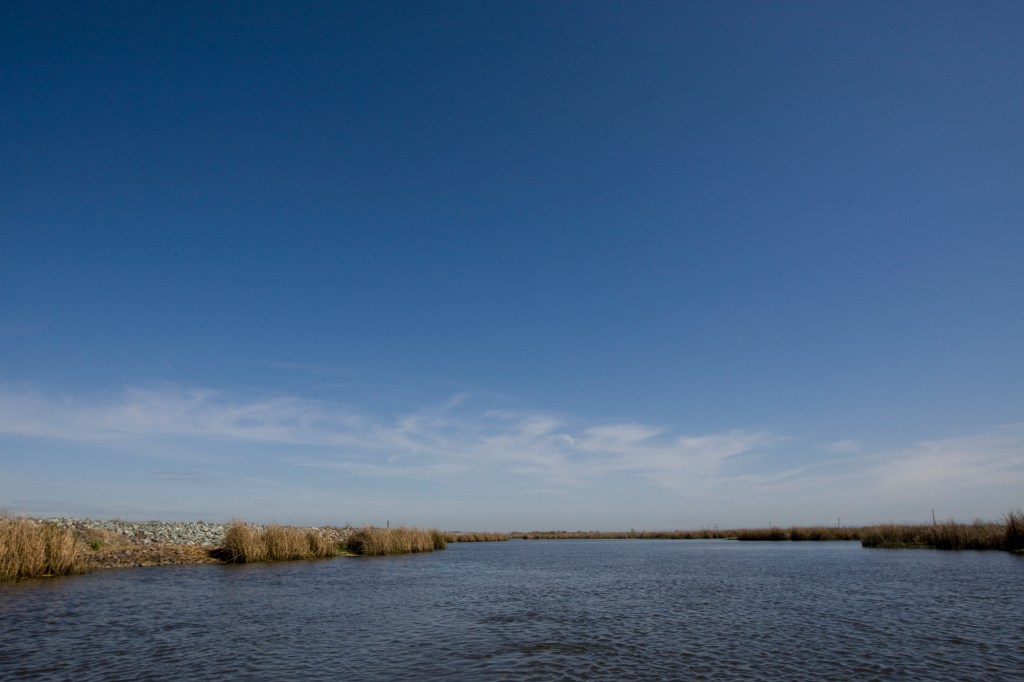
[1,100 square miles]
Local bass anglers will be the first to tell you that the California Delta’s tidal waters are not what they used to be. But despite numerous troubles, ranging from sea lion invasions to extensive vegetation spraying by the state, this complex system of tule-lined rivers and sloughs, vegetation-choked flooded islands and dilapidated docks remains one of the best places to be in the West for catching quality fish. The heaviest one-day limit here came during an April NewJen event in which the top team brought five largemouth to the scales for 30.70 pounds. There were 10 bass over 6 pounds weighed in, with the biggest going 8.85, at that one. An even more impressive 10-pound fish was landed on Day 1 of an April NewJen Pro/Am.
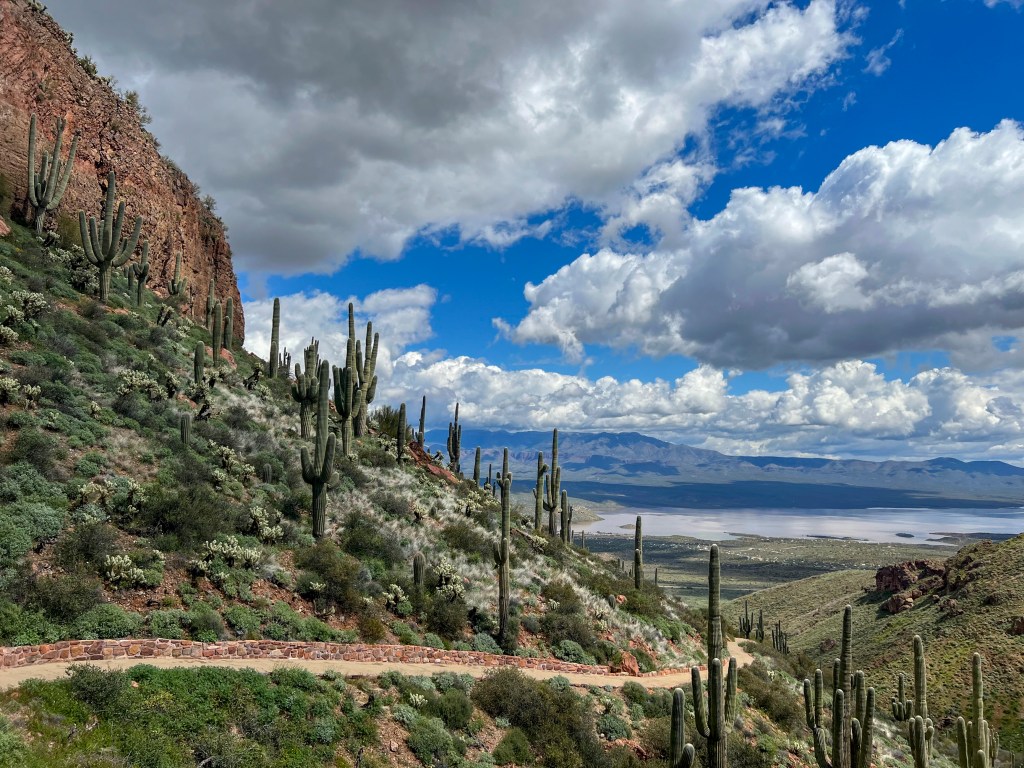
[21,493 acres]
Theodore Roosevelt Dam, on the Salt River, creates what was at one time the largest man-made lake in the world. And although it can’t claim that status any longer, it does have the right to be declared one of the best big-bass fisheries in the country. This place is known for producing huge fish, with the 7.06 state-record smallie caught in 1988 and largemouth weighing up to 14 pounds, all thanks to the Arizona Game and Fish Department’s habitat enhancement and stocking program. It took a bass weighing almost 8 pounds to win big-fish honors at each of the tournaments that we surveyed this year.
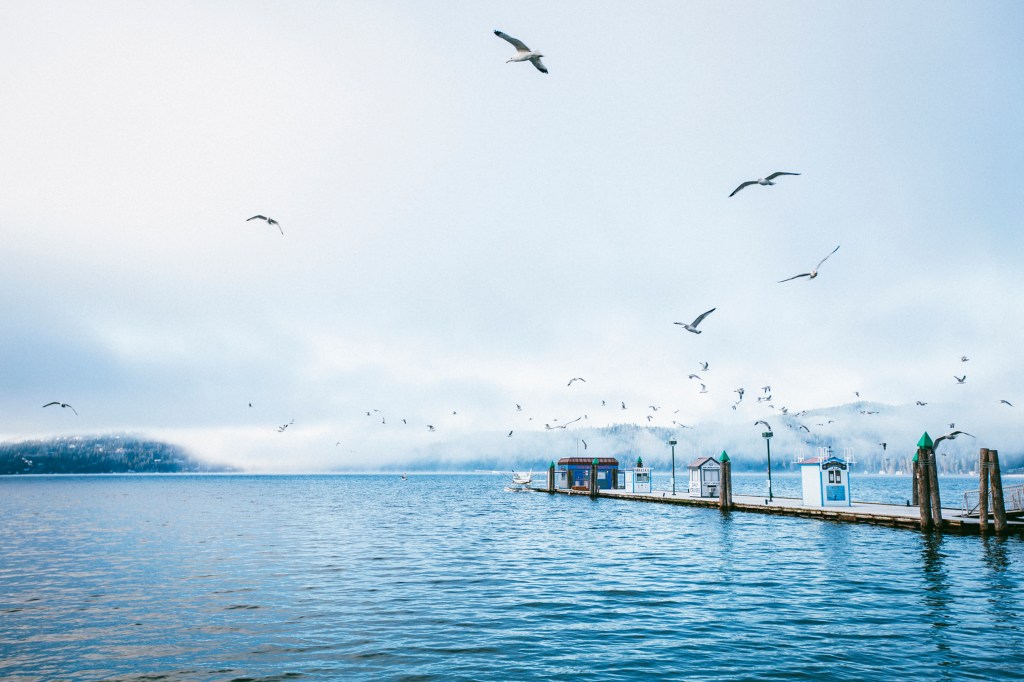
[31,487 acres]
Natural lakes rarely play a major role in freshwater bass fishing conversations in the West, but according to Idaho B.A.S.S. Nation President David Bertsch, Coeur d’Alene is talked about often when quality largemouth and smallmouth are the topic. This body of water is glacial, but even with its relatively cooler waters it typically takes over 20 pounds to win here. And anglers can claim victory by catching either species. Participants at a Panhandle Bass Anglers Open tournament in late April landed eight fish topping 6 pounds, with 25.9 weighed in by the champions. A 9.23-pound largemouth at a Montana Bass Federation contest, also held in April, shows just how special this place can be.
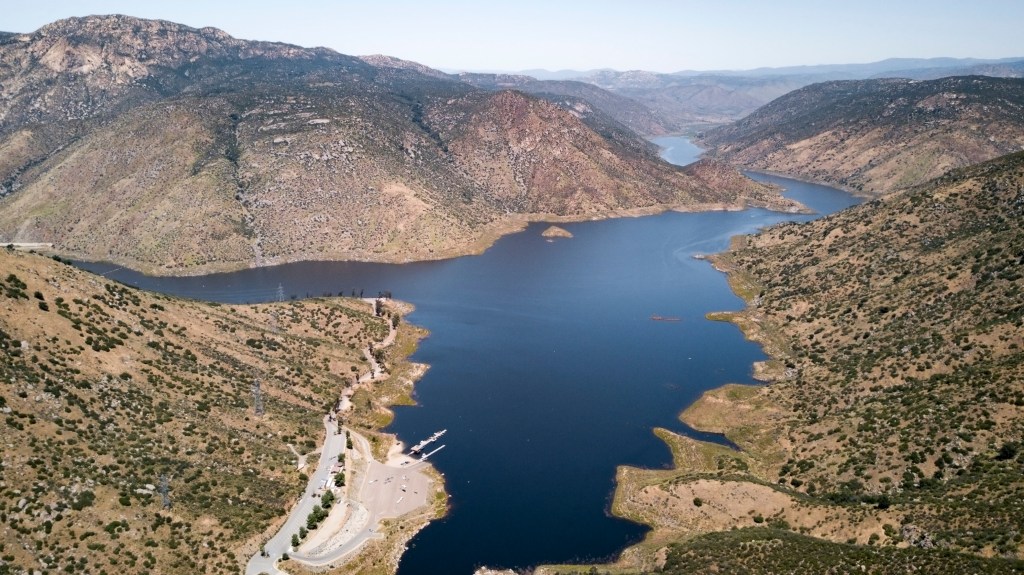
[1,562 acres]
San Diego area lakes are relatively small in comparison to other Western waters, but they often rank near the top of big-bass factory lists. Although El Cap’s largemouth record, set almost 50 years ago, stands at 15.31 pounds, there are enough fish over 10 these days to make this a top destination. It took a 24.67-pound five-bass limit to win a National Bass West Team Trail event in April, with the contest’s big fish tipping the scales at 9.94. There was an even larger bass caught in January when the winning team weighed in a 10.02-pound monster.
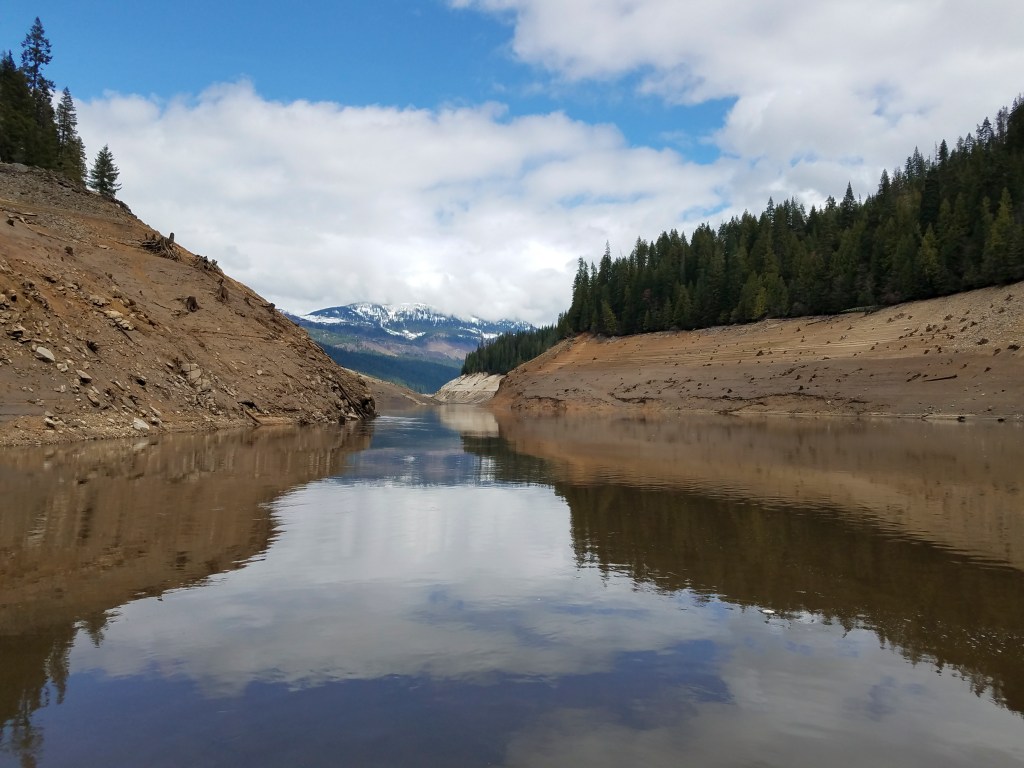
[17,090 acres]
This North Fork Clearwater River reservoir has been climbing our list of best Western waters over the past few years, and thanks to an abundance of huge smallies it has moved up another spot this year. Anglers typically have to bring in limits of fish averaging 4 pounds to win tournaments here. The Clearwater Bass Anglers were on Dworshak back in mid-April and it took 24.38 pounds to win — they said that this event may be a new club record for the most bags over 20 pounds. Big bass was an 8.36-pound smallmouth.
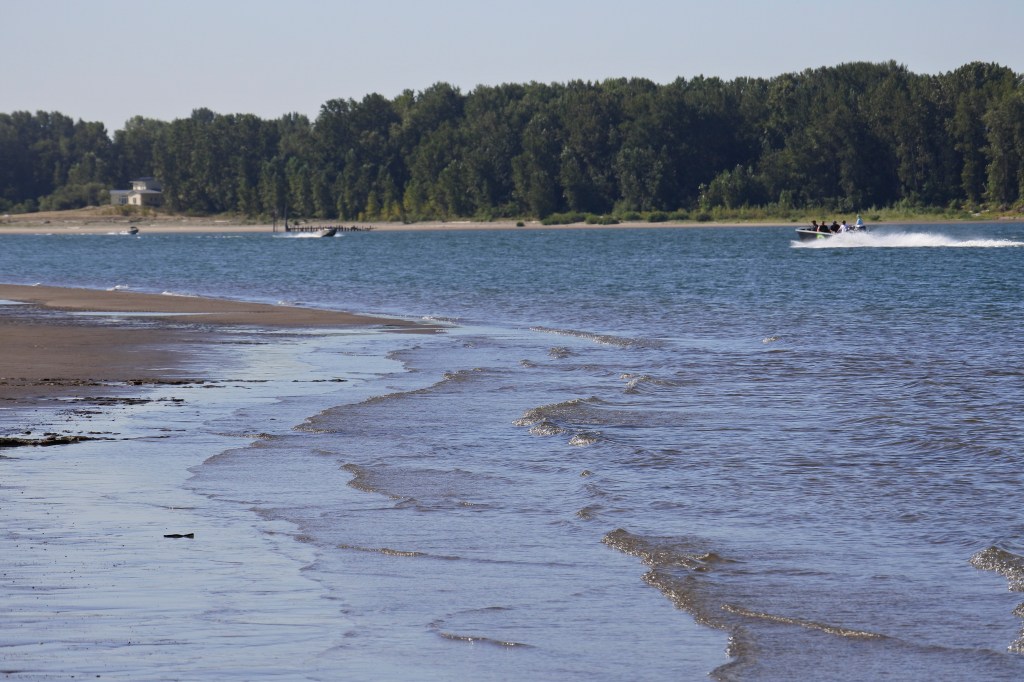
[191 miles from Portland to McNary Dam]
The Columbia is known for its salmon and steelhead fishing. But the 45 miles of river from Portland to Bonneville Dam and 146 miles of river reaching upstream to McNary also provide some of the best bass fishing in the West. Smallies dominate here, and although local resource agencies have tried to reduce their numbers by removing bag limits, there are still enough fish to make this a top Western destination. An American Bass Anglers tournament in May was won with 28.12.
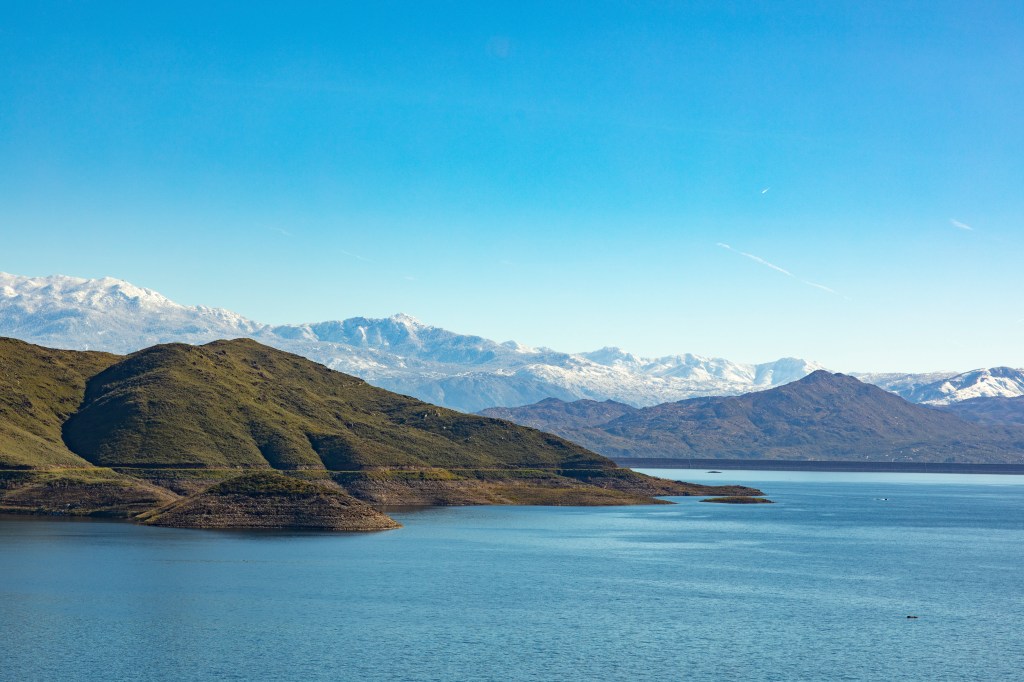
[4,500 acres]
When Diamond Valley was filled, the California Department of Fish and Wildlife stocked near-pure Florida-strain largemouth to create a trophy bass fishery. And their efforts paid off. The fishing can be tough here compared to other Western lakes, but they’re typically quality fish when anglers find them. At the time of putting our list together, the second-biggest largemouth caught in the region came from here — a 27.31-pound winning limit, at a National Bass West Team Trail event in April, was anchored by a 10.32 monster.
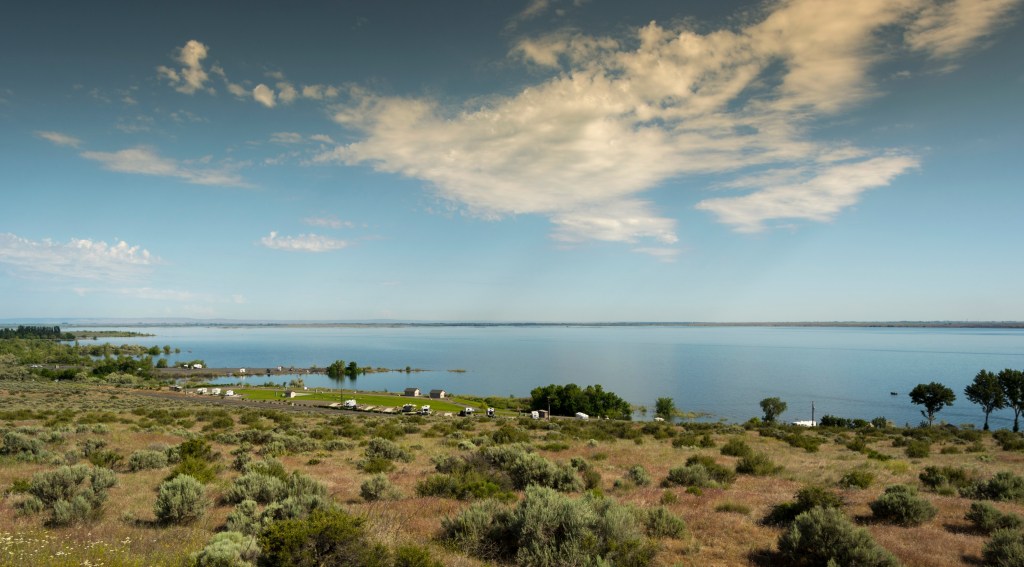
[27,800 acres]
When O’Sullivan Dam was constructed and the reservoir filled, the inundation of numerous depressions carved out during the Pleistocene by floodwaters earned Potholes its name. The result was a bass-fishing utopia, with more than 1,000 seasonally submerged, willow-covered islands. Largemouth dominate here, but quality smallmouth can be found in some of the rocky areas too. Big bass at a Columbia Basin Bass Club tournament in late March weighed in at 7.12 pounds. It took five fish for 26.42 to win that event.
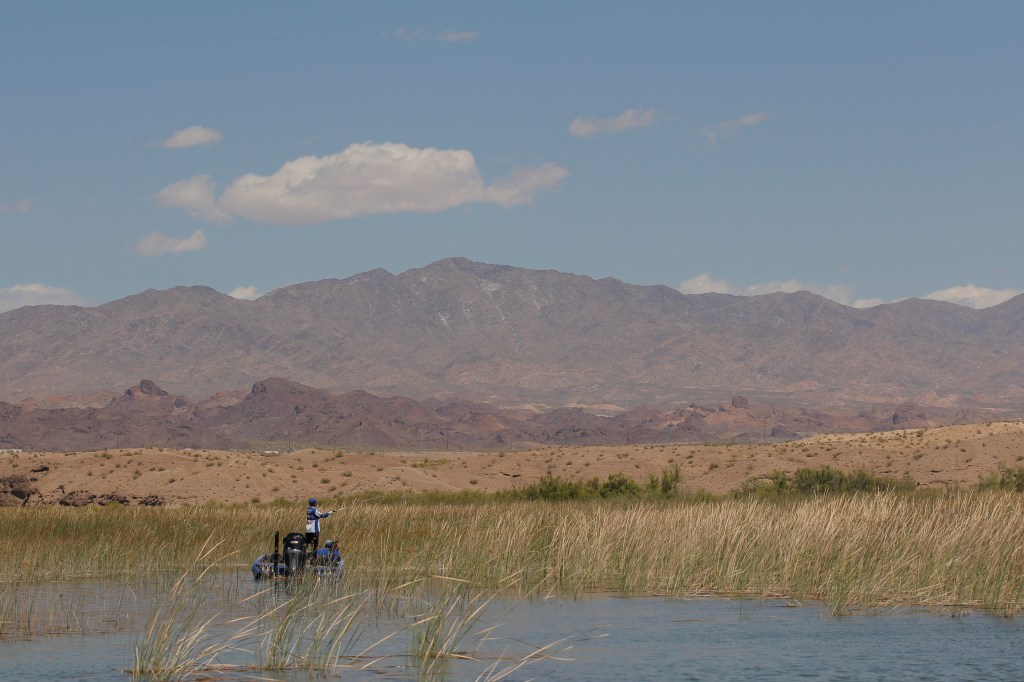
[19,300 acres]
The turquoise waters of this stunning fishery includes some of the best largemouth and smallmouth fishing in the region. It often takes tournament anglers 20 pounds or better to claim victory here. At a January Southwest Custom Tackle Weekend Warrior Bass Series event the winners brought 21.41 pounds to the scales. An 8.62-pound bass took big-fish honors at one of their tournaments in March.
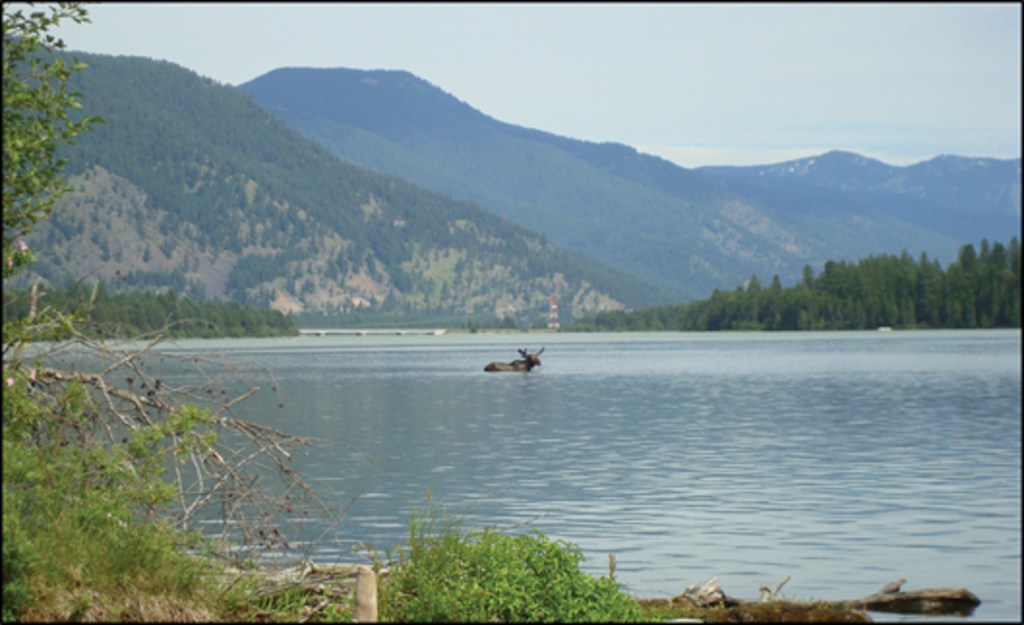
[7,700 acres]
Bass fishing in Montana? Yes, the state is known for its pristine cold-water trout streams, but there are warmer reservoirs here too. Sprawling flats dotted with submerged stumps and loads of forage at Noxon Rapids provide ample habitat and food for bass. Smallies are the most numerous species, while largemouth provide opportunities for trophies. The top teams at two Montana Bass Federation contests in May weighed 22.88- and 23.27-pound limits, respectively. The biggest fish at the first one was 7.04 pounds.
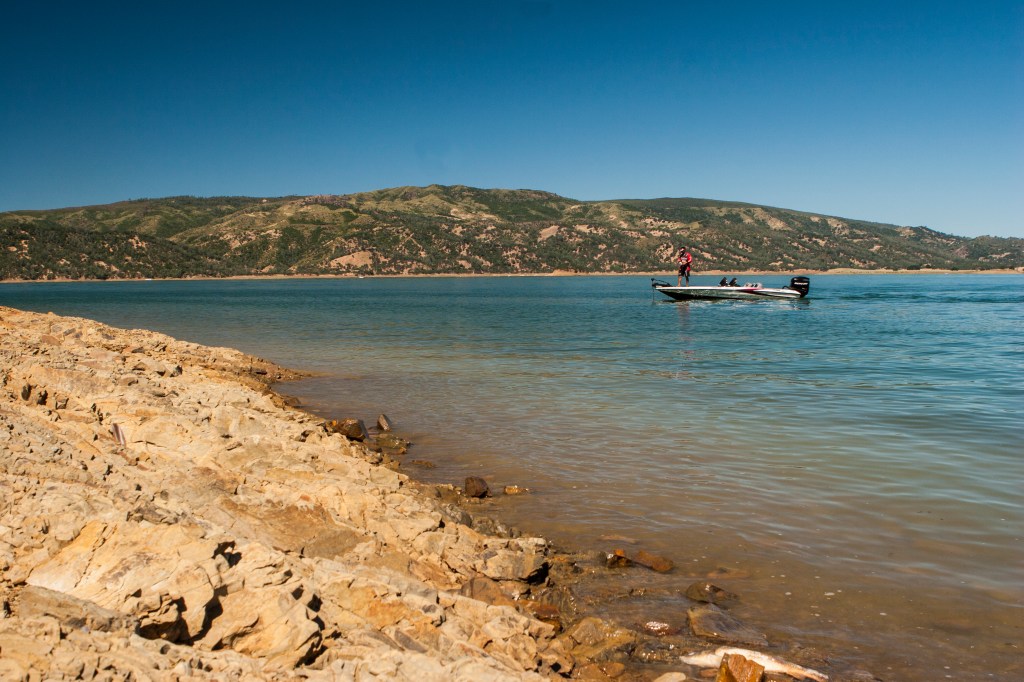
[20,700 acres]
Thanks to another year of above-average rainfall, most Western reservoirs are in good shape. But despite great conditions, the fishing for trophies at Berryessa has declined a bit. There are still plenty of quality bass to be caught, but the 8- to 10-pound largemouth are more difficult to come by. Based on the tournaments that we surveyed, it took limits of fish averaging 4.2 pounds to win here. Big bass at each of those events ranged from 6.16 to 6.64 pounds.
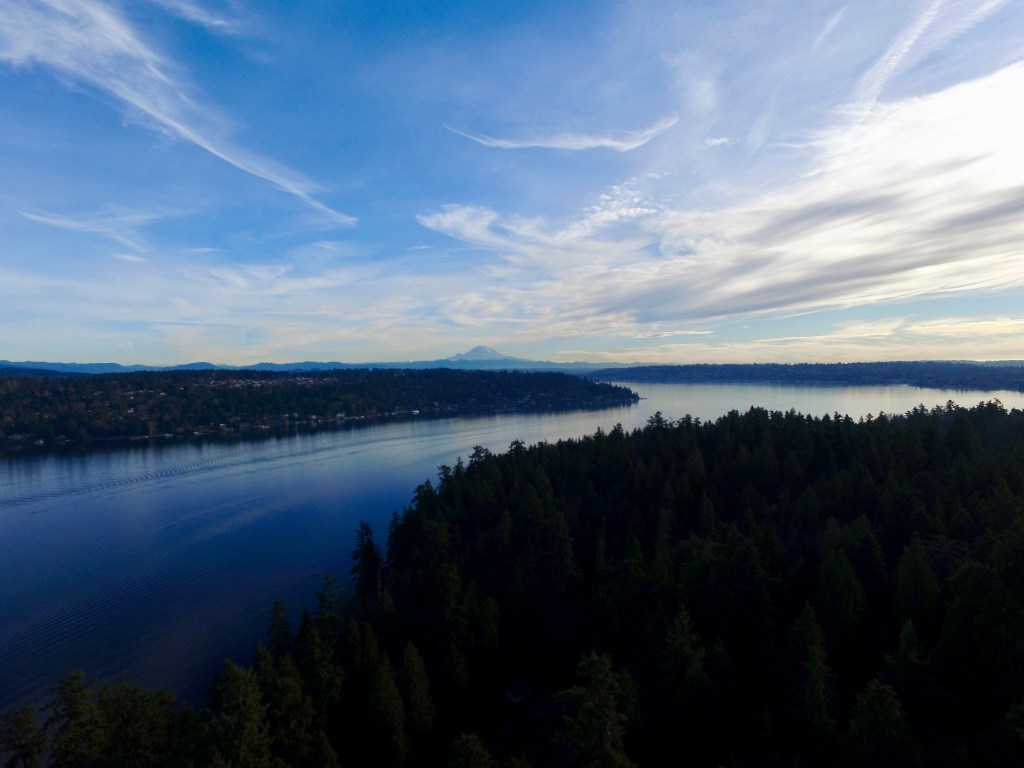
[21,934 acres]
Although famous for its salmon fisheries, the state of Washington also boasts some of the best bass fishing in the region at its namesake lake. This is the state’s second-largest natural lake, with a long, narrow form that creates more bass-holding habitat than many other Western waters. Smallmouth outnumber largemouth, and there are big fish of each. It took 21.81 pounds to win Washington Bass Association’s Mike Albertson Memorial Team Open in March. Big bass was a 7.65-pound largemouth. The biggest smallie went 4.10.
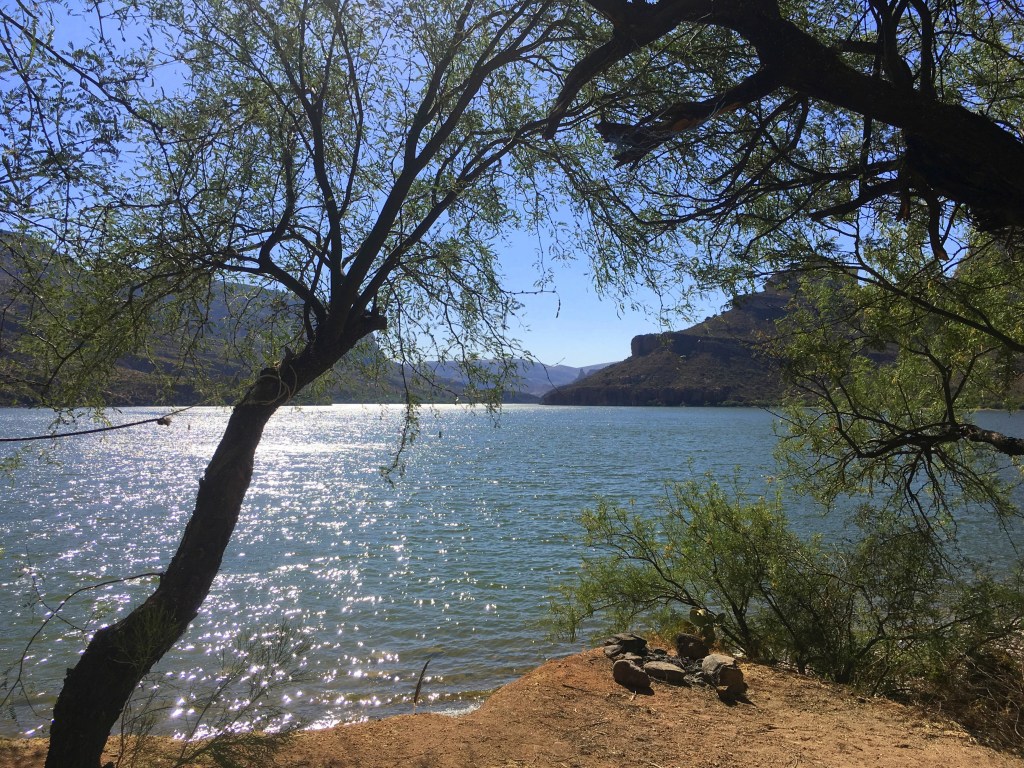
[2,568 acres]
This is the place to be when looking for a remote fishing experience. Located within the Superstition Wilderness, Apache offers bighorn sheep, eagles and lots of bass in the 2- to 3-pound class. The odds of catching one pushing 7 pounds is high, too. You’ll have to travel along an 11-mile stretch of unpaved State Highway 88 to get to the water, but that means you won’t be sharing the lake with lots of other anglers. The top team weighed a 4.76-pound average to win a Cactus Cup Team Trail event in April. Big fish at that one was 6.22.
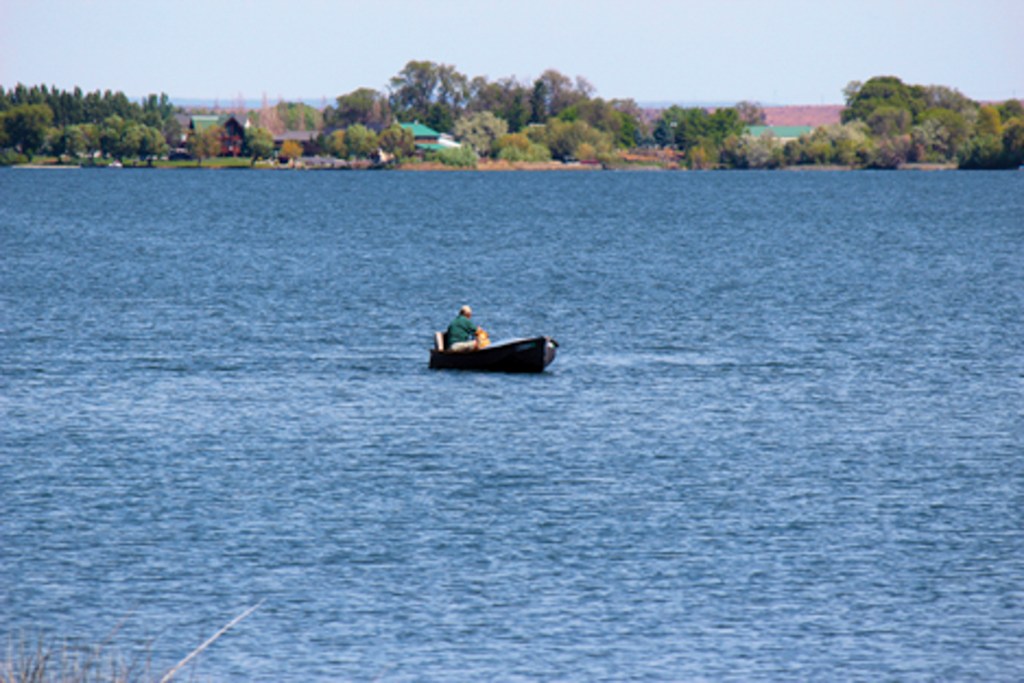
[6,800 acres]
Washington’s Southern Cascades get about three months of warm weather each year, so you wouldn’t think that Moses would sustain a very good bass fishery. But according to Washington Department of Fish & Wildlife, that’s simply not the case. This Pacific Northwest body of water is indeed best known for its cold-water species, like walleye weighing up to 10 pounds, but there are also plenty of quality smallmouth and largemouth. Big bass at a Puyallup Hawg Hunters tournament in May was a largemouth tipping the scales at 6.39 pounds.
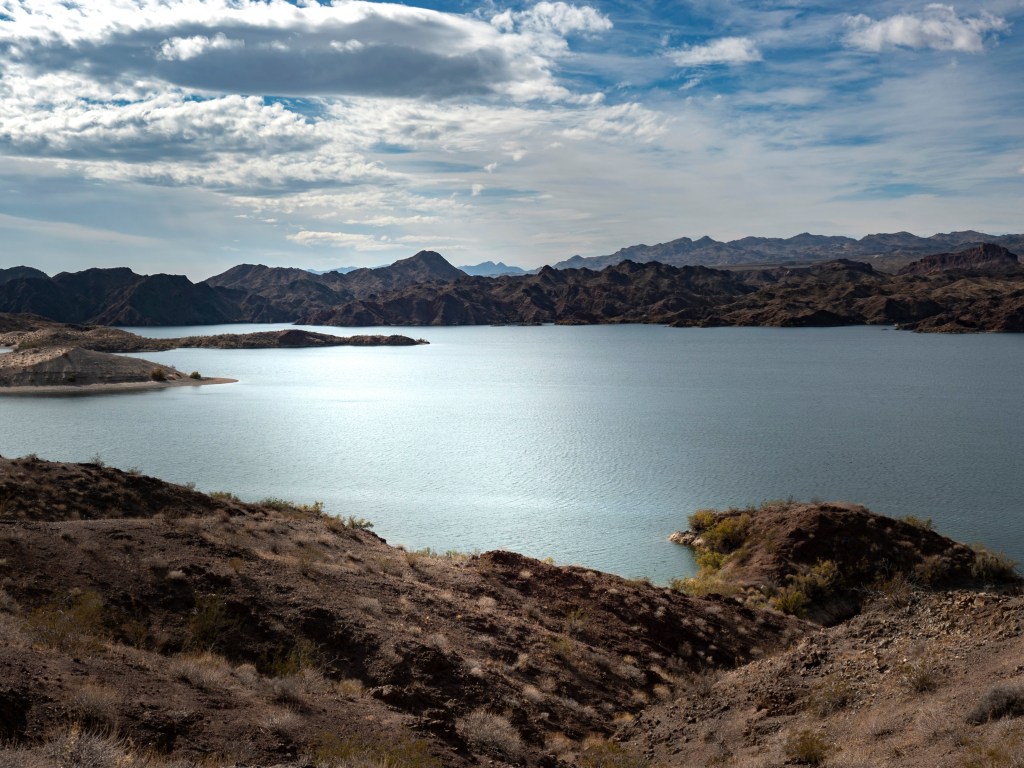
[26,500 acres]
Brandon Senger, supervising fisheries biologist with the Nevada Department of Wildlife, says that this narrow Colorado River impoundment is the top bass fishery in the state. Because Mohave is relatively shallow in comparison to other regional waters, with a good influx of nutrients, there is an abundance of both structure and baitfish. Man-made habitats installed in some coves make things even better. An Ultimate Bass Team Tour contest, held here in April, was won with 22.7 pounds. Big fish was a 5.35-pounder.

[3,164 acres]
Coastal waters, especially in the Northwest, aren’t often considered great bass fisheries. But Siltcoos, at only 3 miles from the ocean and 13 feet above sea level, is an exception. The lake’s shallow, nutrient-rich waters create ideal conditions for vegetation. And an abundance of submerged trees, plants and dropoffs provide lots of quality habitat. Largemouth over 5 pounds are rare here, but when it comes to numbers of 3- and 4-pound bass, this place is hard to beat. A 21.28-pound limit won a Rogue Valley Bassmasters event here in April.
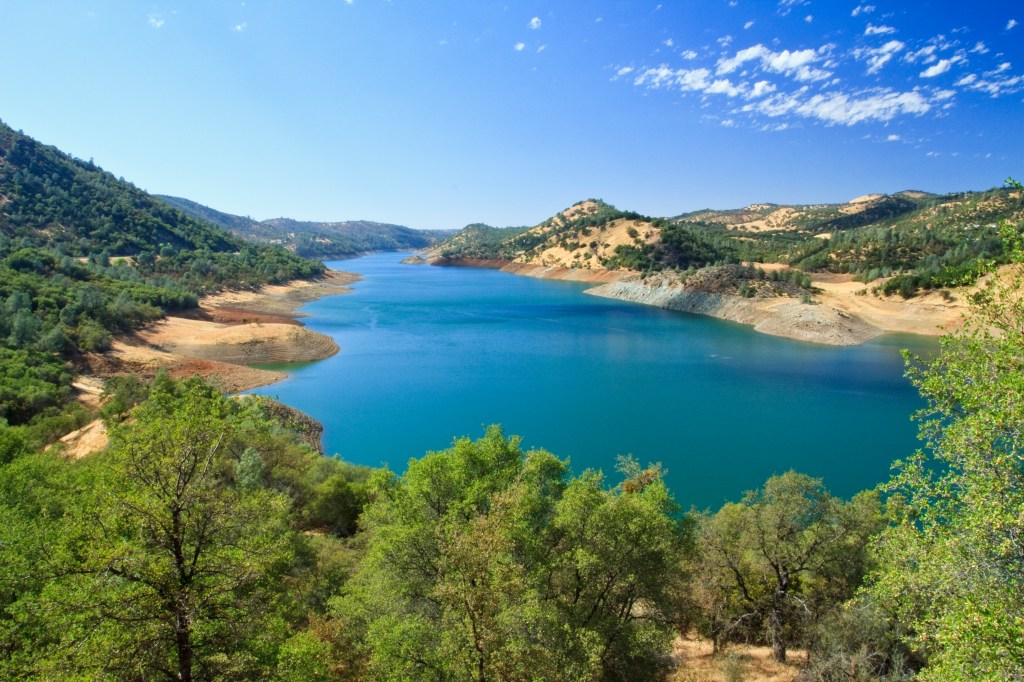
[13,000 acres]
Don Pedro hasn’t made our top bass fisheries list for a few years, but with better rainfall, the quality bass that it was known for are beginning to show up in increasing numbers again. Trophy largemouth have always been the attraction at this Tuolumne River impoundment, and although there aren’t a lot of them showing up yet, there are loads of 4- to 6-pounders being caught. There were six fish over 5 pounds at a Best Bass Tournament Trail team event in April, with a 5.98 the biggest of the bunch.

[12,040 acres]
At less than 50 miles from Scottsdale and Phoenix, anglers shouldn’t expect to be the only ones on the water here. Still, this remains one of Arizona’s best big-bass fisheries. You’ll have to cull through lots of largemouth in the 2- to 3-pound class to find the bigger fish, but by targeting submerged brush and timber, you’ll eventually hook into a good one. The largest fish at a Southwest Custom Tackle Weekend Warrior Bass Series tournament in May was 7.34 pounds.
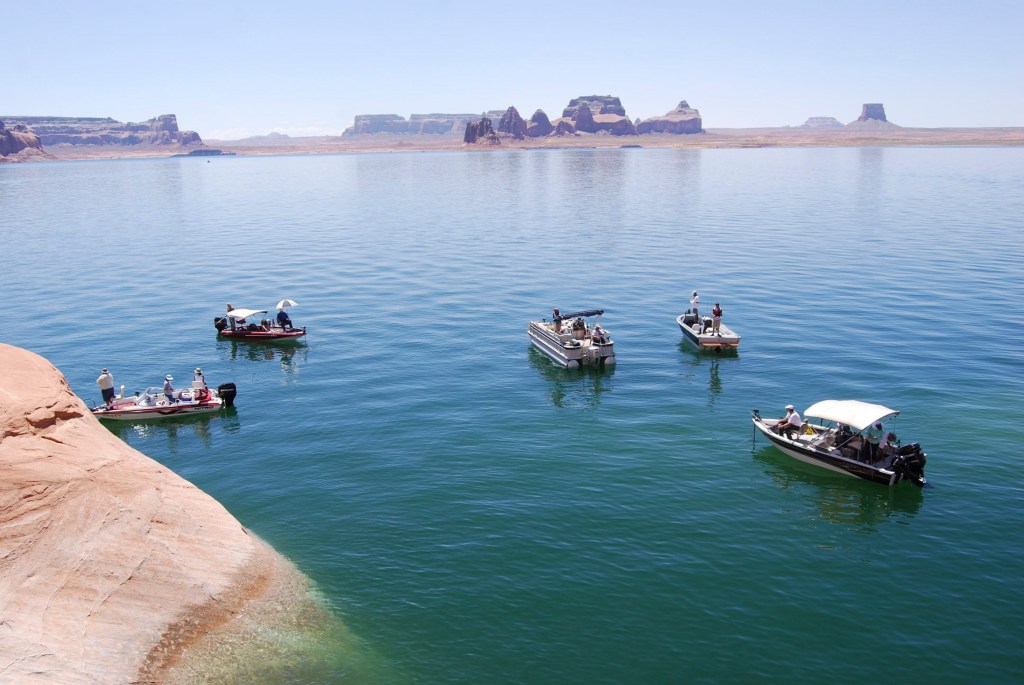
[108,335 acres]
Both Craig Walker, assistant chief of fisheries with the Utah Division of Wildlife Resources, and Rick Culver, president of the Utah B.A.S.S. Nation, agree that Powell is the No. 1 bass fishery in the state. But most of the region is still considered abnormally dry this year, creating access issues with fewer than half of the lake’s launch sites usable. But once you are on the water, you can expect to catch 50-plus bass ranging from 3 to 4 pounds. An average of 16.95 pounds was, needed to win the contests we reviewed this past spring.
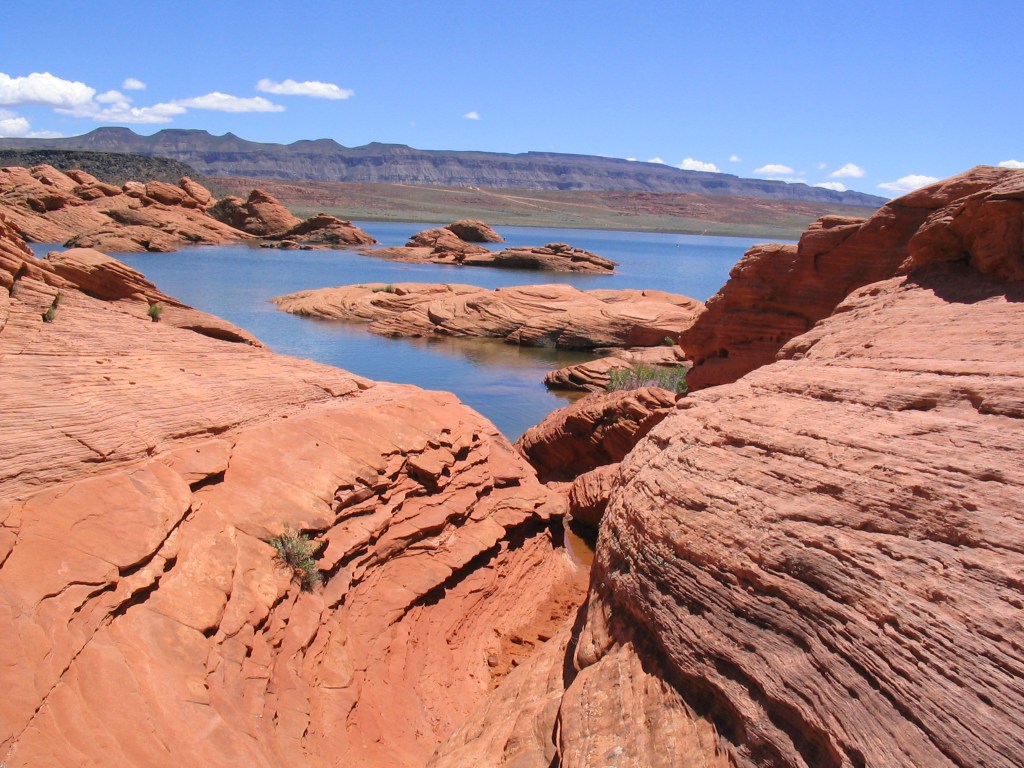
[1,300 acres]
Like Lake Powell above, Utah’s Division of Wildlife Resources Assistant Chief of Fisheries Craig Walker and Utah B.A.S.S. Nation President Rick Culver say that Sand Hollow is one of the top five bass factories in Utah. The reservoir is managed to produce numbers of quality largemouth. Special regulations, allowing anglers to keep six bass with only one fish over 12 inches, help to reduce the size of the bass population. And fewer fish means more food for the ones left, resulting in higher growth rates. Big bass during a Southern Utah Bass Anglers event, held in mid-February, weighed in at 6.44 pounds.
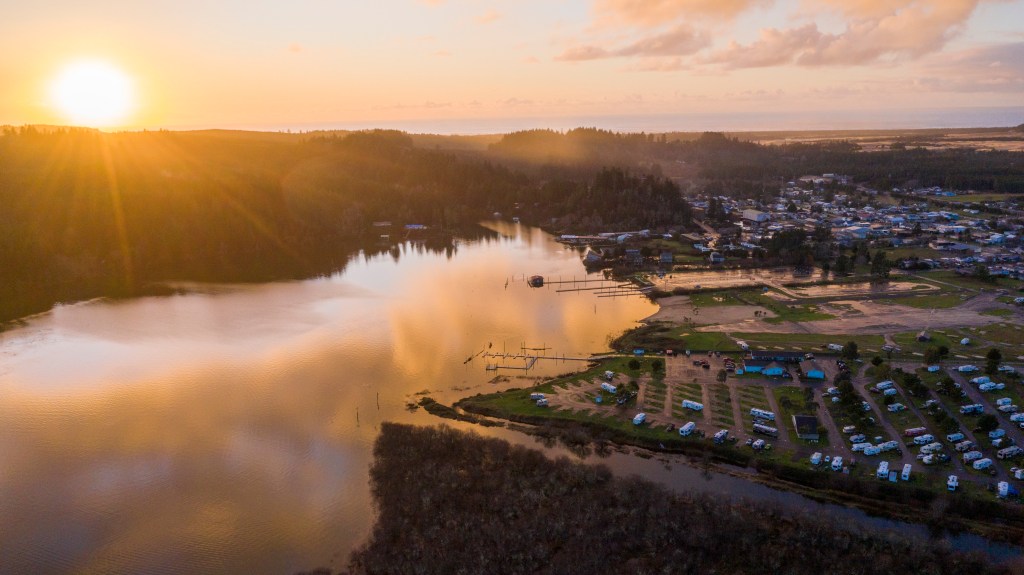
[1,626 acres]
Oregon biologists tell us that Tenmile was historically a cold-water fishery with salmon and steelhead. After many years of watershed alterations, however, it was unintentionally converted to a lake dominated by warm-water species. Following failed attempts to eradicate the non-native bass in the late ’60s, it became and remains Oregon’s premier largemouth factory, with 5- to 7-pound bass common here. There were five fish over 5 pounds brought in at a Bass Federation of Oregon tournament in March, with the biggest going 7.06.
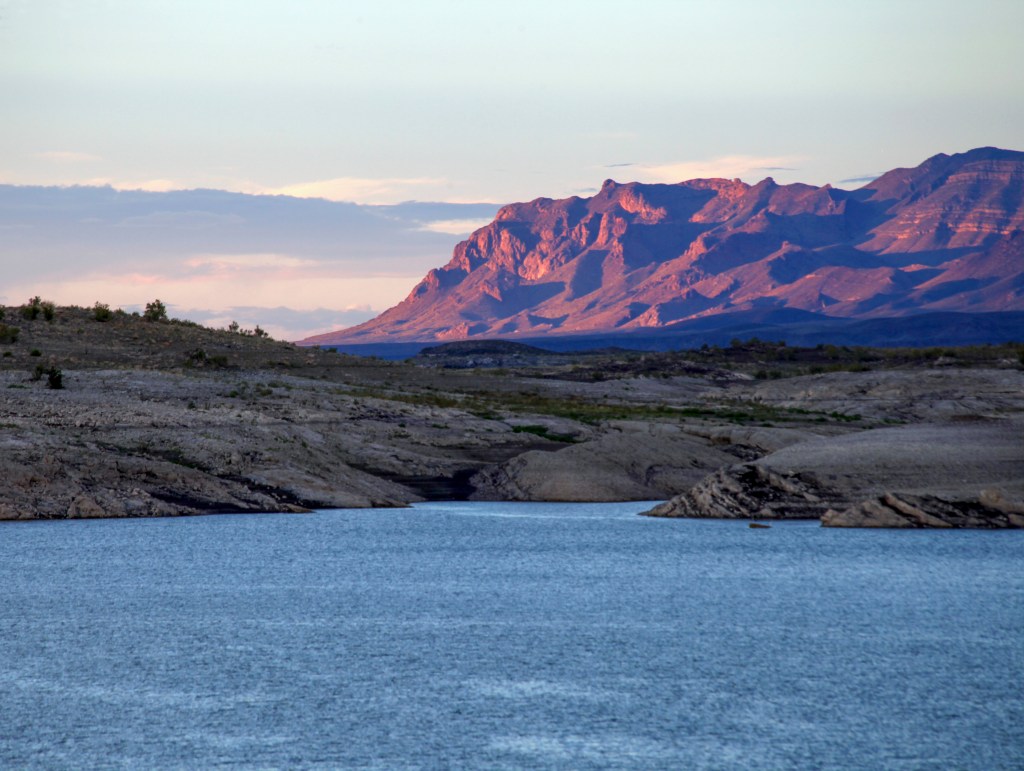
[36,500 acres]
The bass fishing at Elephant Butte, like at many Western waters, has taken steps backward over the last several years due to drought and low water conditions. But the big bass that this Rio Grande reservoir was known for are making a comeback, according to New Mexico B.A.S.S. Nation President Brian Stangel and New Mexico Department of Game and Fish warmwater sportfish biologist Edward Enriquez, and it is again one of the state’s top fisheries. Big bass at the tournaments we looked at this past spring averaged 5.5 pounds.
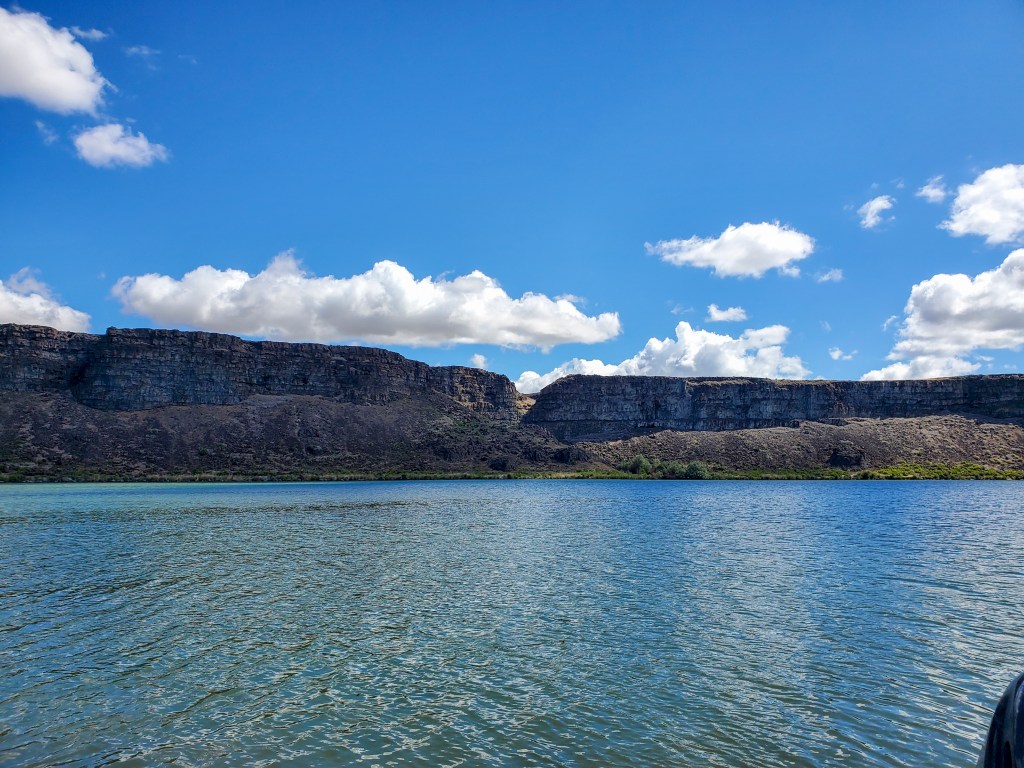
[7,500 acres]
High desert lakes to the north don’t usually grow big bass due to shorter growing seasons. But this Snake River impoundment has been an exception, with 18 to 23 pounds typically needed to win tournaments here. The weights at C.J. Strike, however, have been declining over the years, with the reservoir dropping on our list of the best fisheries. As a result, Idaho Fish and Game is proposing to modify the length restrictions to improve bass size. The winning team at an Idaho Bass Hunters event in March had only 16.63 pounds.
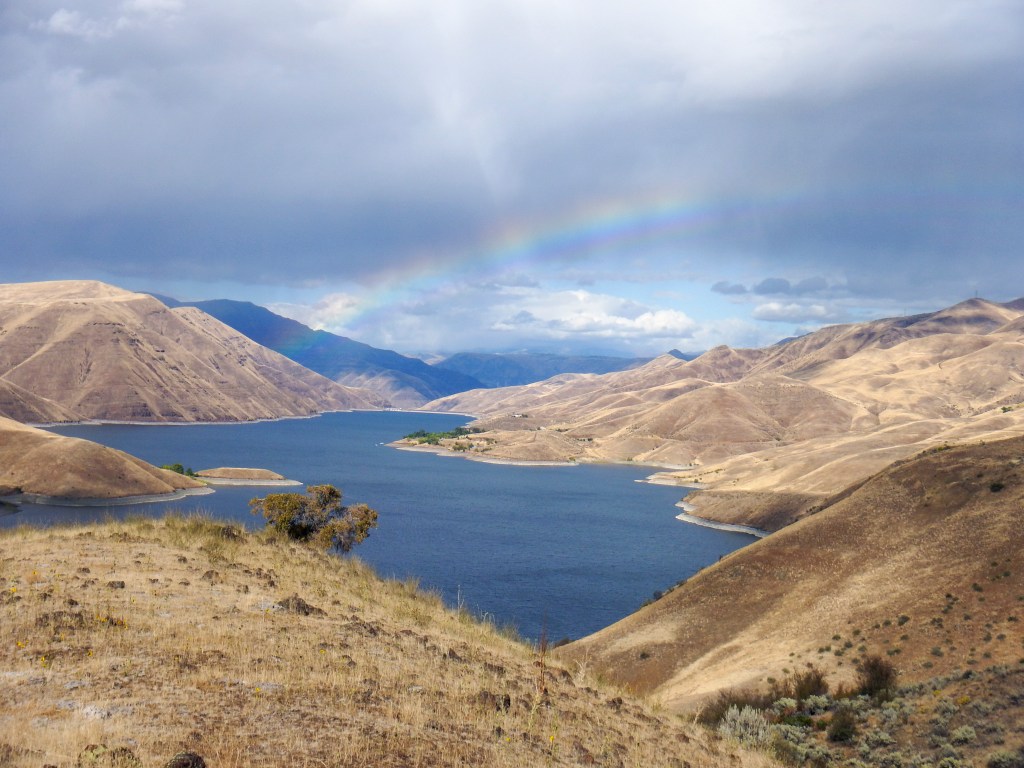
[15,000 acres]
Some think that Brownlee offers the best bass fishing in either state, and as a result the reservoir gets lots of pressure. The largest and upstream-most lake created by the Snake River’s three-dam Hells Canyon Complex, however, continues to hold its own in terms of both numbers and quality. There are largemouth here, but it’s the steep, rocky banks and smallmouth that keep anglers coming back. It took 16.33 pounds to win a May Snake River Bassmasters contest, with the entire field bringing only smallies to the scales.




